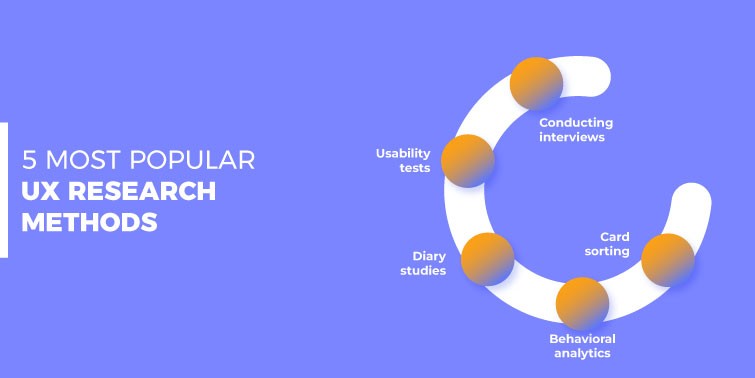Agile Project Management vs Waterfall
Projects are different according to their scale and type. Project management in general is based on reaching positive results for the organization thanks to the right deliverables. Without well thought out project management the whole process of the project would be chaotic and might face undesirable risks and their consequences. Agile project management is a flexible approach and makes teams be more responsive to any external change. Whereas Waterfall is the more traditional one, with clearly defined actions and their sequence.
We will thoroughly discuss the main differences between these two approaches now!
Agile Project Management vs Waterfall
Let’s start with Agile Project Management. This is an iterative approach with frequent releases and constant feedback. This all is done for the involvement of all stakeholders, their communication and discussions in order to get high-quality results.
Agile Project Management is based on four main values as a part of Agile Manifesto: People, Flexibility, Reality and Communications.
People are the core of this approach, the individuals and their relationships are much more important than the procedure planned at the beginning of the project. Next comes flexibility, because the reactions are formed due to the situations and conditions, not the plan itself. Reality is what we are surrounded by rather than what has been planned and thought about before. Finally, Communication is kept through the team members and the stakeholders during the whole project process.
How does Agile Project Management work?
Agile is a well-structured methodology which breaks the project down into smaller parts and thus makes them more manageable. This way teams can work on each part with proper feedback and inspection. These smaller parts are called sprints and usually take 14 days to be completed.
Agile project management is mainly used when we are dealing with industries that develop products that can be built in versions and can be changed constantly. Such fields can be music, medical devices, software development etc.
Roles in Agile project management
Agile teams usually include 9-15 members:
- Development team
- Owner
- Scrum master
- Stakeholders
- Agile mentor
The employees of the practical part, e.g. designers, testers, writers etc. are from the development team. The owner connects the development team, business stakeholders and the customer. The Scrum master is the supporter of the team members during the whole development procedure.
The stakeholders and the Agile mentor are not working within the Scrum framework, but play an important role for the Agile project team. The stakeholders, either internal or external, are the people who have their interest in the project. And finally, the Agile mentor helps with his/her experience in dealing with different projects.
Main benefits of Agile Project Management
Time shows that there are many benefits a company can gain thanks to its management benefits. Let’s discuss them now!
- Low failure risk – Agile Project Management shows low risk of failure, because of its constant feedback and testing procedures.
- Project control rate – the control and corrections when and where necessary are a big part of the Agile project management.
- Continuous improvement – prior information and experts’ opinions are taken into account to reach high results.
- High quality of the product – thanks to the continuous improvement and constant feedback, the product reaches high quality.
- Improved visibility – everything is clear and maximum visible to the team and stakeholders.
- Organized structure of the team – the team is tailor-made for an exact project.
These are only several benefits of Agile project management, which is also quite famous among our students. BDG has more than 100 successful Agile project management students. We are starting another “Project Management Essentials” course very soon.
Waterfall Methodology
When we talk about a more structured project and less flexible approaches, we mean Waterfall.
The Waterfall methodology is the more planned and structured approach compared to Agile project management. Traditionally it divides a project into 5 specific phases.
5 Phases of the Waterfall Methodology
- The requirements phaseIn this phase the viability of the project and its solution are assessed
- The design phaseAs it can be guessed, this is the phase where the deliverables, milestones of the project are planned and designed.
- The implementation phaseIn this period the project is realized the way it had been planned.
- The testing or verification phaseDuring this phase a testing is done to understand whether the resulting product or feature corresponds to what had been intended to create.
- The maintenance phaseThis is when a maintenance plan is executed.
All these stages must be well structured and designed, because any problem during stages may cost a waste of time and money. For example if you pick a bad area for a construction project and start it, redoing it would seem impossible or would cost you a fortune.
Agile Project management or Waterfall?
According to a study done in 2022 by PMI, 50% of projects had considered Waterfall in their projects and the other half used Agile project management.
There is a misconception that the Agile and Waterfall methodologies have nothing in common, but as you could notice, it is not true. The fundamental process is one and the same. The difference is in the approach of implementation. Agile project management does not follow a linear order of stages. In this case the phases are never over. Team members keep going back to them after the end of each iteration. Also by saying Waterfall we should understand the entire project, while in case of Agile it is a period of 2-8 weeks.
So, taking into consideration the technological development and the newest tech trends in 2023, there are thousands of new projects implemented. We may conclude that despite their differences both approaches are equally used in 2023 based on what industry it is in.





